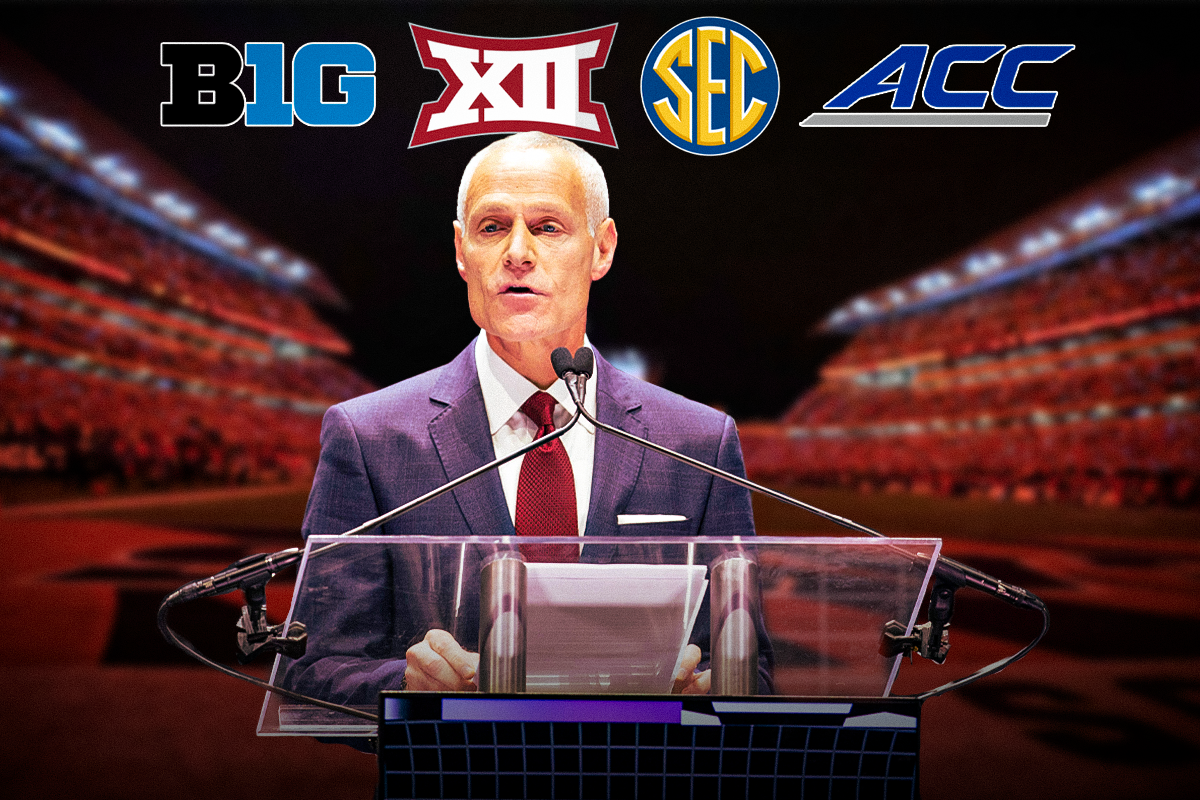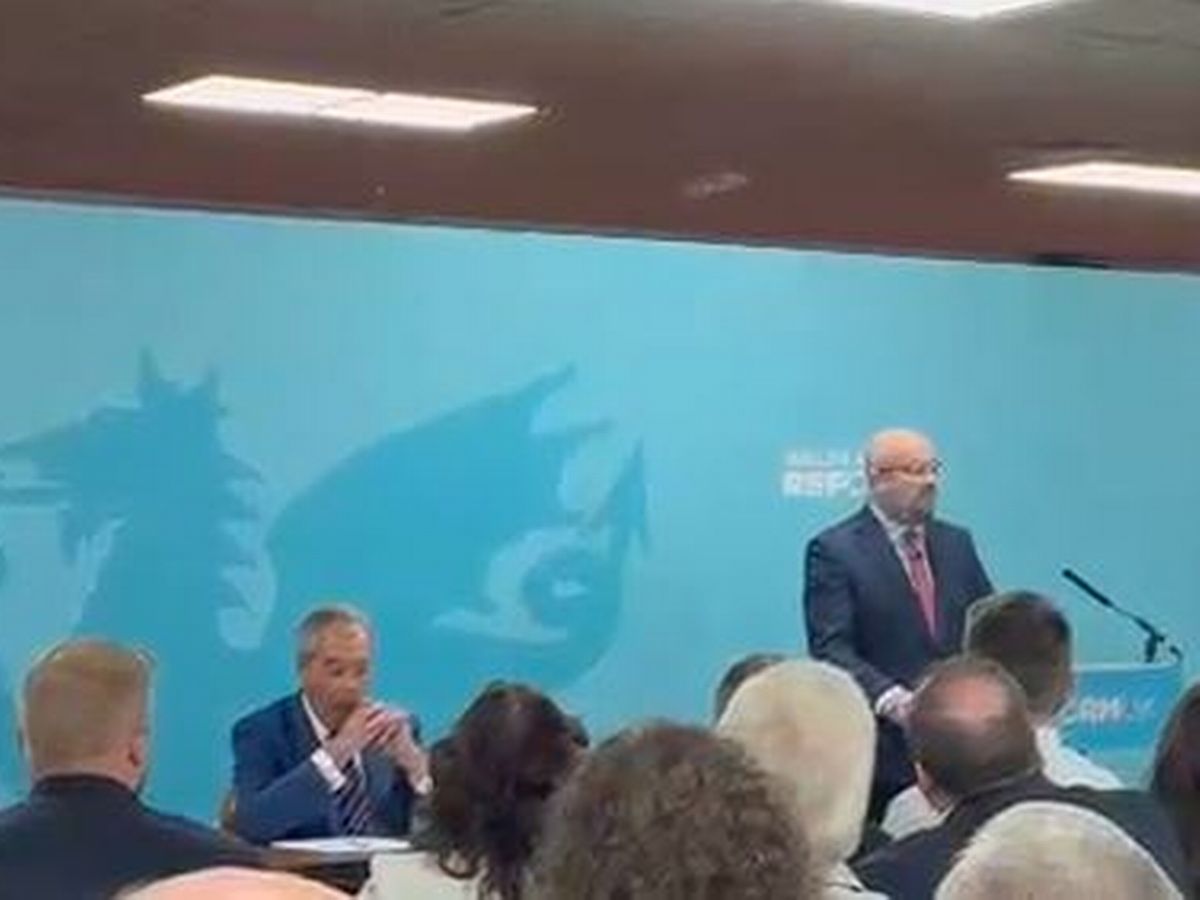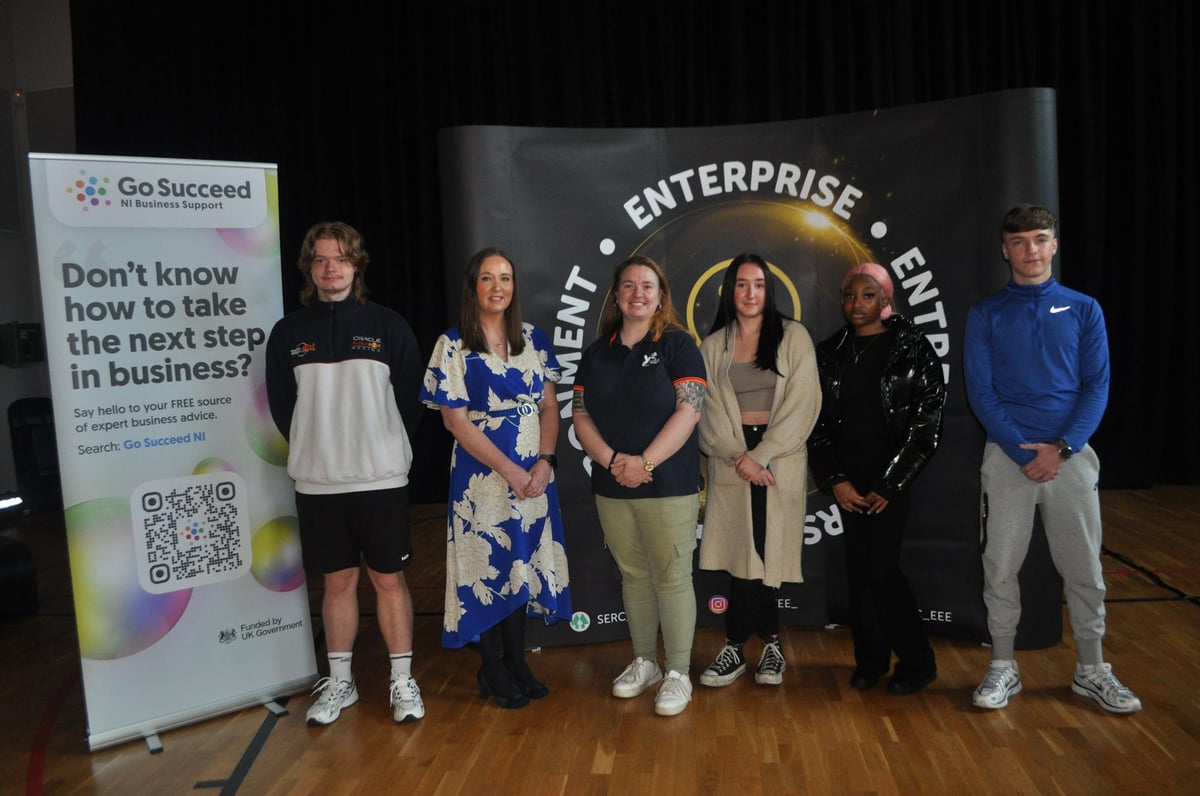
If Wall Street had its way, Saturdays in the fall would come with a side of spreadsheets. But college sports’ power brokers, still grappling with NIL, athlete revenue-sharing, and ballooning media-rights checks, aren’t ready to hang a “For Sale” sign on the front lawn just yet.
Over the past year, private equity firms have circled college football, eager to turn tradition-rich Saturdays into high-yield investments. Their attention has centered on the Power 4 commissioners — the leaders of the Big Ten, Big 12, SEC, and ACC, who oversee the sport’s billion-dollar engine. Among them, the Big 12 came closest to opening the door. Last summer, commissioner Brett Yormark entered talks with CVC Capital Partners on a proposal to sell a 15–20% stake in the league, valued at $800 million to $1 billion.
But by May 2025, Yormark admitted the board was “not ready to jump in just yet,” shelving both equity discussions and naming-rights deals, like one floated with Allstate, in favor of what he called “thoughtful evaluation.”
Elsewhere, the hesitation was equally clear. SEC commissioner Greg Sankey acknowledged in July that, despite years of conversations with banks and investors, “That’s not been the right direction for us. We’ve not seen the concept that works.”
ACC commissioner Jim Phillips added that his schools are “very educated about it, and there just hasn’t been anything that really has made sense.” Meanwhile, the Big Ten is the only league openly in talks, but even there, commissioner Tony Petitti says any deal is “a long way from crystallizing.” But, if the biggest conferences are wary, what exactly is drawing Wall Street into the college sports arena in the first place?
Why Wall Street wants a piece of college sports
College athletics check every box on private equity’s wish list: loyal customers, reliable cash flows, and room to grow.
Read Top Stories First From EssentiallySports
Click here and check box next to EssentiallySports
Rising Costs: Athletic programs are expensive. Coaching salaries keep climbing, compliance and medical staffs expand, and facility upgrades never stop. Minnesota, for instance, introduced a $200 annual facilities fee per student to help plug a $174 million budget shortfall.
Media Rights: The Big 12’s six-year deal with ESPN and Fox, beginning in 2025, is worth $2.28 billion — a jump from $220 million to $380 million annually. Schools will now pocket roughly $31.7 million each per year.
Legal Shifts: The House v. NCAA settlement (June 2025) rewired the economics: schools can pay athletes directly up to $20.5 million annually, with that cap set to rise. Another $2.8 billion will compensate athletes who missed NIL opportunities since 2016. Schools can dedicate up to 22% of revenue from media, tickets, and sponsorships to athletes, about 75% to football, 15% to men’s basketball, and 10% to other sports.
NIL Explosion: College football players are projected to earn $1.9 billion in 2025 through NIL deals — nearly double the $1 billion in 2024. Add in revenue-sharing ($1.4 billion) and commercial NIL partnerships ($290 million), and athletes now command a market as large as some pro leagues.
For Wall Street, this looks like an under-monetized giant waiting to be packaged, scaled, and sold.
Why are conferences hesitant about private equity
But conferences aren’t rushing. Their caution runs deeper than just “institutional conservatism.”
Governance Hurdles: Universities are nonprofits, meaning equity sales aren’t straightforward. Deals require approval from boards, trustees, and committees — a process that private equity’s fast timelines don’t match.
Mismatched Missions: Universities emphasize education and athlete development, a far cry from PE’s profit-first mandate. That tension fuels fears over cultural erosion and loss of institutional control.
Legal Uncertainty: Differing state NIL laws, Title IX equity requirements, and active litigation create a serious risk. Male-dominated payout structures could invite lawsuits, and antitrust rulings keep rewriting the rules.
Financial Volatility: While lucrative, college sports revenues still swing with attendance, sponsorships, and TV ratings. PE craves predictability. As KPMG’s Scott Purdy notes, “There’s not yet a proven mechanism to get money in and get money out.”
For now, even naming-rights deals — like the Big 12’s exploration of an Allstate partnership — are on ice.
Some schools are willing to experiment
Still, not everyone is waiting on the sidelines. Boise State has openly courted private equity through its Bronco Athletic Growth Solutions (BAGS) initiative, with Athletic Director Jeramiah Dickey underscoring the need “to get that much more creative” and accept “calculated risk” to keep pace with wealthier programs.
On a larger scale, Elevate Sports Ventures has launched a $500 million Collegiate Investment Initiative to support NIL platforms and facilities, backed by Velocity Capital Management and the Texas Permanent School Fund. While Boise isn’t part of the first wave, conversations are underway.
Meanwhile, Wall Street heavyweights like RedBird Capital and Carlyle Group watch with keen interest. Carlyle’s Ben Fund is optimistic: “The dam will break at some point,” he says, predicting an investment flood once clearer structures are sorted.



